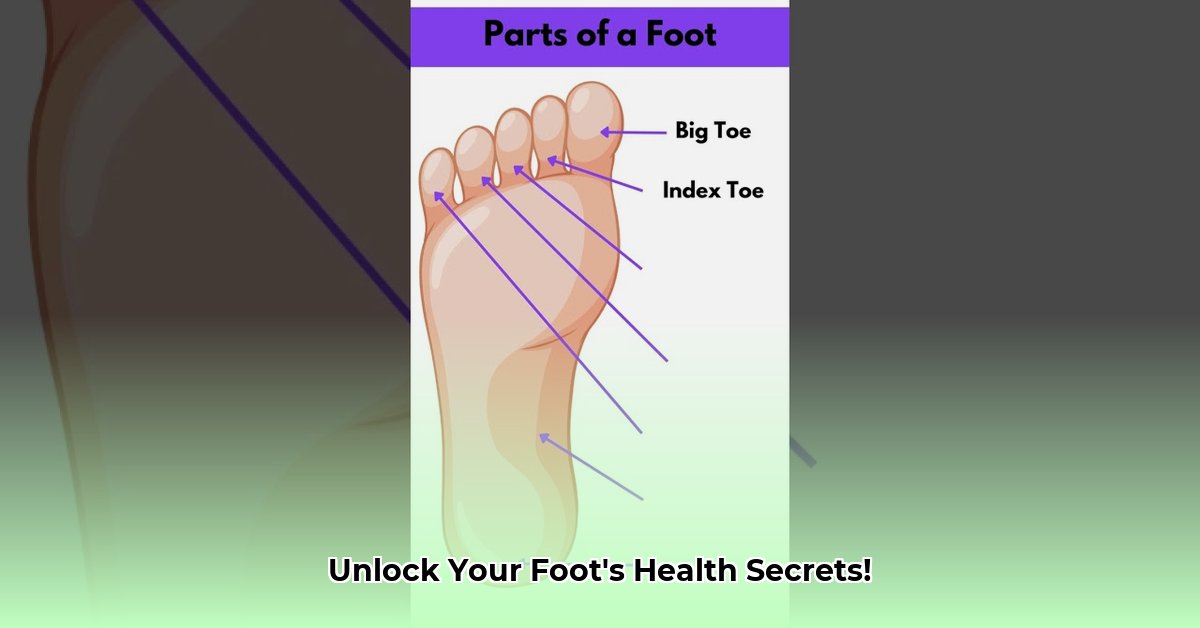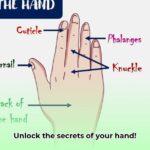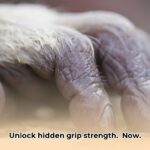Understanding Your Feet: The Foundation of Mobility
Your feet are complex structures crucial for movement, balance, and overall well-being. They bear your weight, absorb impact, and propel you forward with every step. This comprehensive guide delves into the intricacies of foot anatomy, common foot ailments, and proactive strategies for maintaining optimal foot health. This information empowers both individuals seeking knowledge about their feet and healthcare professionals looking for a concise yet thorough overview. For a deeper dive into ankle anatomy, check out this helpful resource on ankle bones.
The Building Blocks: Bones, Joints, Arches, and More
Each foot comprises 26 bones, 33 joints, and a complex network of over 100 ligaments, tendons, and muscles. These components work synergistically to provide stability, flexibility, and shock absorption. The bones are grouped into three sections:
Hindfoot (heel): Composed of the talus and calcaneus (heel bone), this section forms the foundation of the foot and ankle.
Midfoot (arch): Five tarsal bones (navicular, cuboid, and three cuneiforms) create the arch, which distributes weight and absorbs shock.
Forefoot (toes): Fourteen phalanges form the toes, facilitating balance and push-off during movement. Five metatarsals connect the toes to the midfoot.
The arches, supported by the plantar fascia (a thick band of tissue on the sole), ligaments, and tendons, play a critical role in weight distribution and shock absorption. Two small sesamoid bones beneath the big toe enhance leverage and reduce pressure on tendons. The plantar fascia, in particular, acts as a dynamic spring, absorbing impact with each step and propelling you forward. Did you know that the combined surface area of your feet can be larger than both your hands?
Common Foot Problems: Identification, Prevention, and Treatment
Foot problems can arise from various factors, including genetics, ill-fitting footwear, repetitive stress, and underlying medical conditions. Common ailments include:
Plantar Fasciitis: Heel pain caused by inflammation of the plantar fascia. Treatment often involves rest, ice, stretching, orthotics, and physical therapy. In severe cases, corticosteroid injections or surgery may be considered.
Bunions: Bony bumps at the base of the big toe, often caused by genetics or tight shoes. Conservative treatment includes wider shoes, padding, orthotics, and anti-inflammatory medications. Surgery may be necessary for severe cases.
Hammertoe: Bent toe deformity, often caused by muscle imbalances or ill-fitting shoes. Treatment involves splinting, padding, orthotics, and exercises. Surgery is sometimes required to correct severe deformities.
Achilles Tendinitis: Inflammation of the Achilles tendon, often due to overuse or improper footwear. Treatment includes rest, ice, stretching, eccentric strengthening exercises, and supportive footwear. Platelet-rich plasma (PRP) injections or surgery may be considered for chronic cases.
Stress Fractures: Tiny cracks in the bones, usually caused by repetitive stress or overuse. Treatment typically requires rest, immobilization (e.g., boot or cast), and gradual return to activity. Surgery is rarely needed.
Metatarsalgia: Pain in the ball of the foot, often due to high-impact activities, improper footwear, or foot deformities. Treatment includes rest, ice, padding, orthotics, and activity modification.
Morton’s Neuroma: Thickening of nerve tissue between the toes, causing pain, numbness, and tingling. Treatment options include orthotics, injections, physical therapy, and sometimes surgery.
Early diagnosis and appropriate treatment are crucial for preventing long-term complications and maintaining mobility.
Maintaining Happy Feet: Proactive Steps for Foot Health
Prioritizing foot health is essential for overall wellness. Here are some proactive measures:
Invest in Supportive Footwear: Choose shoes that fit well, provide ample cushioning and arch support, and accommodate your specific foot type and activity. Consider consulting a podiatrist for a professional shoe fitting.
Stretch and Strengthen Regularly: Stretches improve flexibility and range of motion, while strengthening exercises enhance stability and support. Incorporate targeted foot and ankle exercises into your daily routine.
Maintain a Healthy Weight: Excess weight places added stress on your feet. Maintaining a healthy weight through a balanced diet and regular exercise can reduce your risk of developing foot problems.
Practice Proper Foot Hygiene: Keep your feet clean and dry to prevent fungal infections like athlete’s foot. Trim your toenails straight across to avoid ingrown nails.
Inspect Your Feet Regularly: Check for cuts, blisters, redness, swelling, or any unusual changes. Early detection of potential issues can prevent minor problems from escalating.
Seek Professional Guidance: Don’t hesitate to contact a podiatrist or other healthcare professional if you experience persistent foot pain or discomfort. Early intervention can prevent long-term complications and preserve your foot health.
Choosing the Right Orthotics: Personalized Support
Orthotics, custom-made or over-the-counter devices inserted into shoes, can provide support, correct alignment, and alleviate foot pain.
Orthotics: Custom vs. Over-the-Counter
Custom Orthotics: Crafted from a mold of your foot, custom orthotics offer personalized support and address specific biomechanical issues. They are typically prescribed by a podiatrist or other healthcare professional.
Over-the-Counter (OTC) Orthotics: Available in various sizes and styles, OTC orthotics can provide general support and cushioning for mild foot discomfort.
Consulting a podiatrist is essential for determining which type of orthotic best suits your individual needs and foot condition.
Orthotics for Specific Conditions
Orthotics can be tailored to address a wide range of foot problems, including:
Plantar Fasciitis: Rigid or semi-rigid orthotics with a heel cup can help reduce stress on the plantar fascia.
Metatarsalgia: Orthotics with metatarsal pads can redistribute pressure and alleviate pain in the ball of the foot.
Bunions: Custom orthotics with cushioning can relieve pressure and slow bunion progression.
Flat Feet: Orthotics designed for flat feet can provide arch support and improve foot alignment.
Foot Biomechanics and Arch Support: The Core of Stability
The arches of your feet are essential for shock absorption, weight distribution, and overall stability. There are three main arch types:
High Arches (Pes Cavus): High arches can lead to excessive pressure on the heel and ball of the foot, increasing the risk of plantar fasciitis, metatarsalgia, and ankle instability.
Normal Arches: Normal arches provide optimal shock absorption and weight distribution.
Flat Feet (Pes Planus): Flat feet can cause overpronation (inward rolling of the foot), leading to foot pain, knee problems, and back pain. Flexible flat feet have an arch when non-weight bearing, while rigid flat feet lack an arch even when not bearing weight.
Arch Support and Prevention
Maintaining healthy arches requires a multifaceted approach:
Proper Footwear: Wear supportive shoes with good arch support and cushioning. Avoid excessively flat shoes or high heels.
Targeted Exercises: Strengthen the muscles that support the arches through exercises like toe raises, heel raises, and arch lifts. Stretching the plantar fascia and calf muscles can also improve arch flexibility.
Orthotics: If necessary, use orthotics to provide additional arch support and correct alignment issues.
Weight Management: Maintaining a healthy weight reduces stress on your feet and arches.
By prioritizing foot health and implementing these strategies, you can improve your overall comfort, mobility, and quality of life.
- Revolution Space: Disruptive Ion Propulsion Transforming Satellites - April 24, 2025
- Race Through Space: Fun Family Game for Kids - April 24, 2025
- Unlocking the Universe: reading about stars 6th grade Guide - April 24, 2025
















